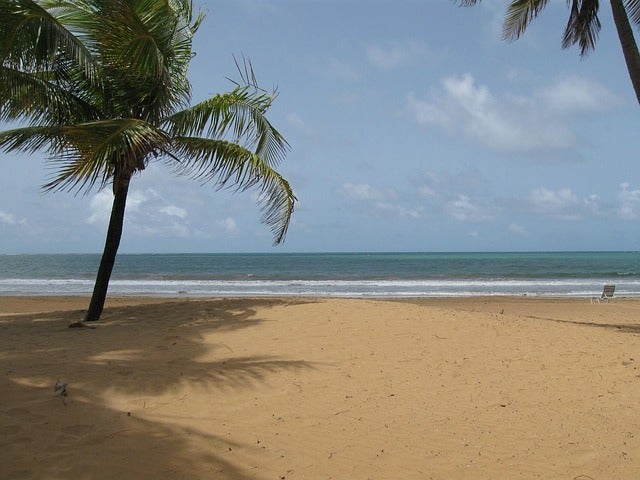Here in Florida, along all of the Gulf Coast and Caribbean, humidity comes along with that staggering heat, a fact that residents of these regions are all too familiar with. While humidity in itself can be bothersome, it can be even worse for those with back pain and arthritis.

HOW HUMIDITY AFFECTS THE BODY
It might surprise you to learn just how much the weather can affect our bodies. Our joints contain sensory nerves called baroreceptors, which respond to changes in the weather. When the weather changes, the air pressure changes, and the body responds accordingly. For example, when the weather is rainy and damp, the barometric pressure drops, causing our tendons, ligaments, and muscles to expand. The baroreceptors in our body respond, helping the central nervous system to regulate the resistance of blood vessels and the heart’s contractions. However, for those who already have muscle or joint pain, expansion in the muscles, tendons, and ligaments can irritate the already-sensitive areas.
High humidity levels can also thicken the blood, increasing pressure in the blood vessels. This forces the heart to work harder to pump the blood throughout the body. Hot, humid climates like those along the Gulf Coast, the Caribbean, and parts of Latin America also cause excessive sweating, which can be problematic in this type of climate. Our bodies produce sweat to keep us cool, but it is only when the sweat evaporates that our bodies cool down. When there is already a high level of moisture in the air, it is difficult for the air to absorb the moisture from our skin. This can eventually lead to a loss of body fluid and dehydration. Joint cartilage and the discs in our spine have high water content, and dehydration can decrease the concentration of fluid, agitating any arthritis that may be present. Dehydration in the heat can also cause more serious conditions like heat exhaustion and heatstroke.
EASING THE EFFECTS OF HUMIDITY
You might think that moving to a drier climate would reduce the level of pain or discomfort you feel, but that is not necessarily the case. Drier climates can sometimes reduce pain for those suffering from arthritis, but no climate will prevent you from having arthritis. There are ways to help combat the effects of humidity without going to such drastic measures.
You have probably heard this several times before, but it bears repeating: drink lots of water. You need to keep your body hydrated, especially if you plan on spending a lot of time outside. Aim to drink 1-2 glasses of water for every hour you are outside. This will help you to restore your fluid levels and reduce water loss. Dehydration can cause stiffened tissues in the back, as the blood isn’t circulating properly. This is why it is so important to drink as much water as possible.
You can also take advantage of the warm weather in these areas and go swimming. Swimming is a great form of therapy for joint or back pain. You might even consider joining a water therapy program. If you have back or spinal pain, biking is also a great low-impact form of exercise that is easy on the back. When not exercising, a heating pad can also help to soothe joint and muscle pain.
To read more healthy living and lifestyle topics, visit Michael A. Gleiber, MD, or be social with us on Twitter & Facebook!